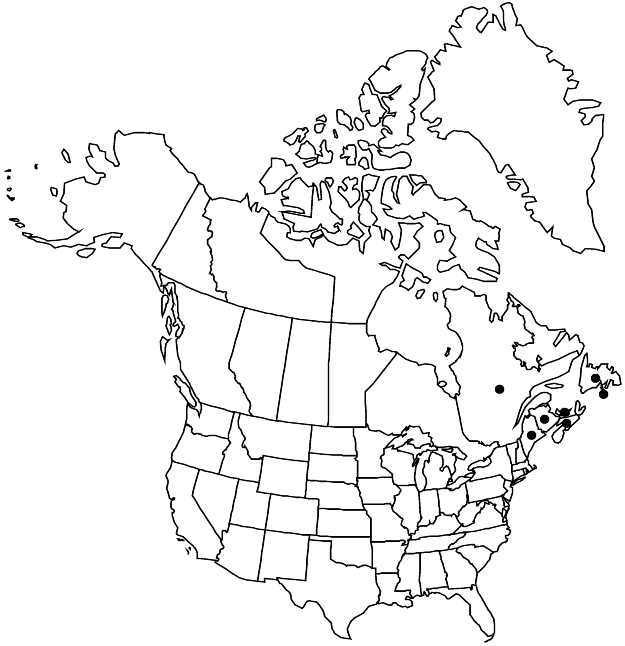Polygonum oxyspermum
Index Seminum (Dorpat) 1824: 5. 1824.
Plants green to blue-green, homophyllous. Stems prostrate to ascending, branched at proximal and middle nodes, not wiry, 20–100 cm. Leaves: ocrea 6.5–12 mm, proximal part cylindric, pruinose, distal part hyaline, soon disintegrating into brown fibers or nearly completely deciduous; petiole 0–1 mm; blade green to bluish green, elliptic-lanceolate to linear, 10–35 × 1.5–15 mm, margins flat or narrowly revolute, apex acute; middle stem leaves slightly larger than adjacent branch leaves, distal leaves overtopping flowers. Inflorescences axillary, cymes uniformly distributed, 2–7-flowered. Pedicels exserted from ocreae, 2.5–5(–7) mm. Flowers semi-open; perianth 3.5–5.5 mm; tube 28–39% of perianth length; tepals slightly overlapping, green, margins white to pink, petaloid, not keeled, oblong to obovate, not cucullate; veins branched; stamens 8. Achenes exserted from perianth, pale brown to dark brown, ovate, 3-gonous, (3.5–)4.1–5.5(–6.5) mm, faces subequal, apex not beaked, edges straight, shiny, smooth or with fine tubercles especially toward apex; late-season achenes unknown.
Distribution

N.B., N.S., Nfld. and Labr. (Nfld.), P.E.I., Que., Maine, Europe.
Discussion
Subspecies 3 (2 in the flora).
The treatment by D. A. Webb and A. O. Chater (1963) of the Polygonum oxyspermum complex is followed here. T. Karlsson (2000) accepted P. raii and P. oxyspermum as distinct species.
Selected References
None.
Key
| 1 | Ocreae with prominent veins, distal part disintegrating, veins persistent; leaf blades 5-8 times as long as wide; achenes 4.1-5.5(-6.5) mm, exserted 1-2.5 mm from perianth | Polygonum oxyspermum subsp. oxyspermum |
| 1 | Ocreae without prominent veins, distal part disintegrating, nearly completely deciduous; leaf blades 3.5-5 times as long as wide; achene (3.5-)4-5 mm, exserted 0.5-1.3(-1.8) mm from perianth | Polygonum oxyspermum subsp. raii |